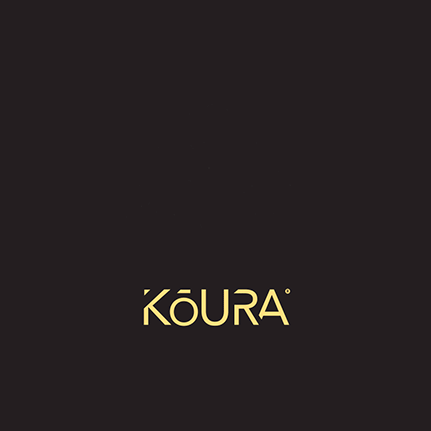The origin and history of Manuka Honey
- S W
- Jul 26, 2023
- 3 min read
Manuka honey is extremely popular worldwide for its amazing antibacterial benefits, wound healing, and ability to improve cold symptoms. But a lot of people don’t realise that this type of honey can only be found in New Zealand and some parts of Australia, since the Manuka tree is indigenous to this region.
But what’s the history of Manuka honey, and why has it become so popular? Let’s find out!

It all started with the Maori
The indigenous Maori were the ones that would process Manuka trees to create various tools and weapons. They were also using the Manuka tree bark to create water containers. However, the bark was commonly used by them to treat wounds. Some of the Maori were even using it internally to improve their health and stay away from gum disease. They burned the bark and then used the ash to alleviate skin problems.
James Cook met with the indigenous Maori, and he learned that Manuka leaves would be a great tea alternative. At that time, scurvy was a severe problem, and Manuka leaves would dramatically improve the condition. Soon after, Manuka honey also gained popularity.

image source : https://thepethoney.com/maori-new-zealand-honey/
The beginnings of Manuka honey
Manuka honey appeared in New Zealand in 1839. Mary Bumby, a Methodist missionary, introduced it to the country early that year. She brought honey bees to New Zealand and started her first apiary immediately. Those bees started harvest nectar from Manuka trees, and that’s when the first Manuka honey was made within the country.
Since New Zealand has various tree types, it was effortless for these bees to access different Manuka trees and many other trees within the regional forests. The Maori also learned how to farm Manuka honey, which made it easier for them to make a living and sustain themselves. As soon as people realised the benefits of Manuka honey for their health, Manuka honey gradually became very high in demand.

Identifying the benefits of Manuka honey
Until the 1980s, most people were consuming Manuka honey because it improved their general well-being without exact knowledge as to why? It was in 1981 that a biochemist named Dr Peter Molan was able to identify the catalyst for the benefit of Manuka. Keep in mind that Manuka’s healing properties were common knowledge in Maori medicine, but it was very unknown in the outside world.
"In 1981 Molan began to investigate the antiseptic properties of Mānuka honey. His research identified that Mānuka honey has significant non-peroxide antimicrobial activity. He went on to establish a Manuka Honey grading system, known as the "Molan Gold Standard".
In 1998, Active Manuka Honey Industry Group established the UMF (Unique Manuka Factor) trademark based on "Molan Gold Standard". It is one of the most prominent Manuka Honey grading system till this day.

MAGE SOURCE: https://alchetron.com/Peter-Molan
Discovery of MGO - Methylglyoxal
What really caused anti-bacterial activity in Manuka honey remained unknown Until in 2006, a professor named Thomas Henle from the University of Dresden has discovered and identified a natural compound called Methylglyoxal, this compound is responsible for the anti-bacterial effect of Manuka Honey.
"Normal honey might have methylglyoxal levels of 2mg/kg. But Manuka honey, Henle realised, contained substantially more. High UMF Manuka honey often contained 500 times as much methylglyoxal as standard honey." (References: https://www.helenahealth.com/science-of-manuka-honey)

MGO became the other popular and important grading system for Manuka Honey. One thing to note, the use of MGO is free while the use of UMF trademark requires annual membership fee.
UMF 2.5 = MGO 40+
UMF 5 = MGO83+
UMF 10 = MGO263+
UMF 15 = MGO514+
UMF 20 = MGO829+
At Koura, we currently have in stock from MGO 30+ to MGO83 +.
These are ' Table Grade' Manuka Honey, it's a healthier alternative to sugar, recommended for daily intake and also great for cooking/ baking.









Comments